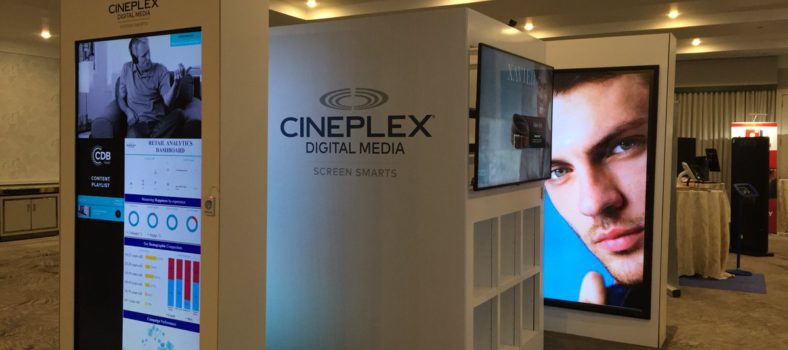Rate card discount practice works against agencies
TORONTO, ON –The billable rate card continues to dominate Canadian advertising, with variable fees based on time billed in use at 79.4% of agencies, according to the new Agency Progressive Pricing Report from the Institute of Communication Agencies (ICA). Read the Report
Agencies are also using other remuneration models including fixed fees (73.5%), value-based pricing (47%) and commission fees in media planning and buying (44.1%). However, the ICA argues that the continued reliance on billable rate cards is stifling creativity and fails to recognize the true value of agencies.
The common practice of rate card discounts also works against agencies – the report shows that just 30.3% of agency respondents don’t apply discounts to their billable rate card.
In addition, the ICA’s report highlights a hardening of payment terms, with client procurement departments driving a commodity-based vendor agenda, leading to onerous conditions, sometimes reaching 120 days or more. Exactly 50% of agencies are paid on terms of 90 days or more (16.7% of these on 120 days or more).
The research findings underpin the ICA’s continued push for the adoption of value-based pricing, which involves remuneration linked to meeting clear client objectives, and its calls to rip-up the rate card.
Value-based pricing accounts for 40% or less of agencies’ revenue, with project-based fixed fee being the most common of the value-priced models used. However, there are some positive signs in that almost one third of respondents said that the use of alternative pricing models is increasing.
In terms of charge-out rates, this year’s survey shows an overall increase in most national
departmental blended hourly rates, except for Production, which decreased by 3.87%, and Digital, which fell 4.72%.
A closer look at national blended rate increases (versus 2017) reveals rises in Corporate Management (34.12%), Planning & Research (21.51%), Creative (2.61%), Media (2.06%), Client Services (2.11%), and Digital Production (4.05%). However, the blended rates for Corporate Management, Creative and Client Services have still not reached 2009 levels when adjusted for inflation.
Leah Power, EVP, Agency Operations, at the ICA, said: “The emphasis on billable hours works against agencies delivering the best creative ideas possible for clients – especially when it comes to the building of brands. Moving to value-based pricing, which involves agencies aligning with client incentives rather than pricing based on hours, is the way forward as we look to encourage agencies across Canada to stand up for their value.”
About the report:
The Agency Progressive Pricing Report was prepared based on confidential returns filed with the Institute of Communication Agencies (ICA), using a secure online survey platform, between June and August 2019.
The survey examines average hourly billing rates by position in eight departments including corporate management, the costs factored into hourly rates, multiplier calculation, annual average hours, and rate card discounts. The survey also examines alternative remuneration models to hourly rates, and media pricing models.
For the largest sections of the survey, 34 agencies (representing 60 locations across Canada) provided average hourly billing rates by job classification; 34 agencies provided information about remuneration models. For the other sections, the number of respondents varies.
About The ICA
The Institute of Communication Agencies (ICA) is a non-profit association representing Canada’s advertising, marketing, media, & public relations agencies. ICA member agencies account for over 75 per cent of all national advertising in Canada, with an economic impact worth more than $19 billion annually. Revitalized & under new leadership, the ICA’s mission is to positively amplify, protect, & transform the agency sector of the marketing communications industry. Advancing thought leadership, higher standards & best practices, the ICA serves its membership as a progressive source of information, advice




